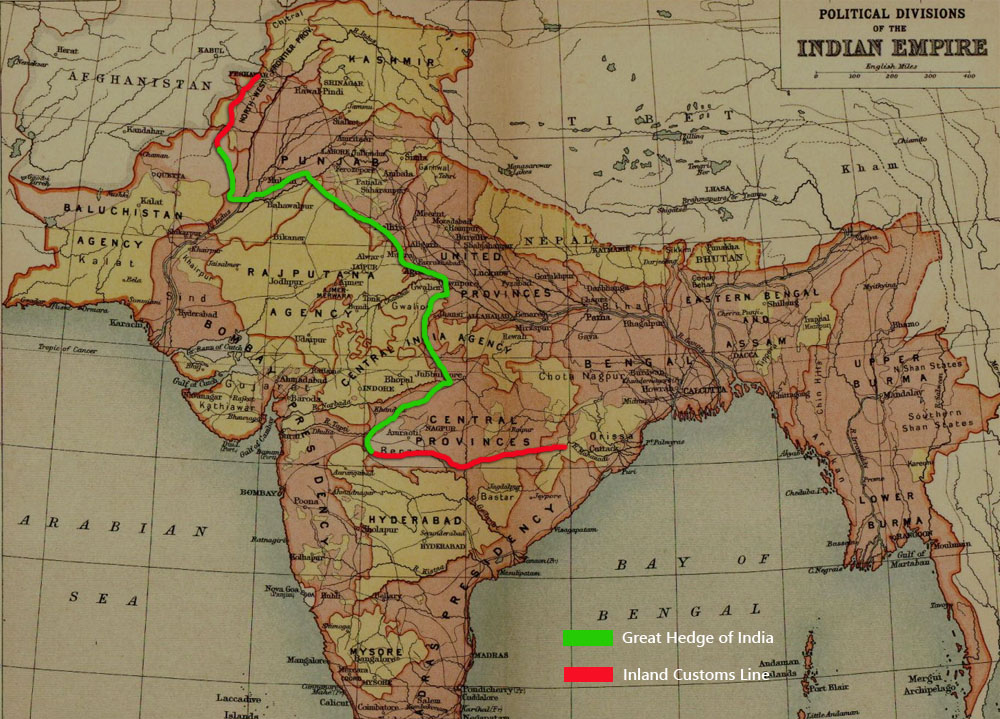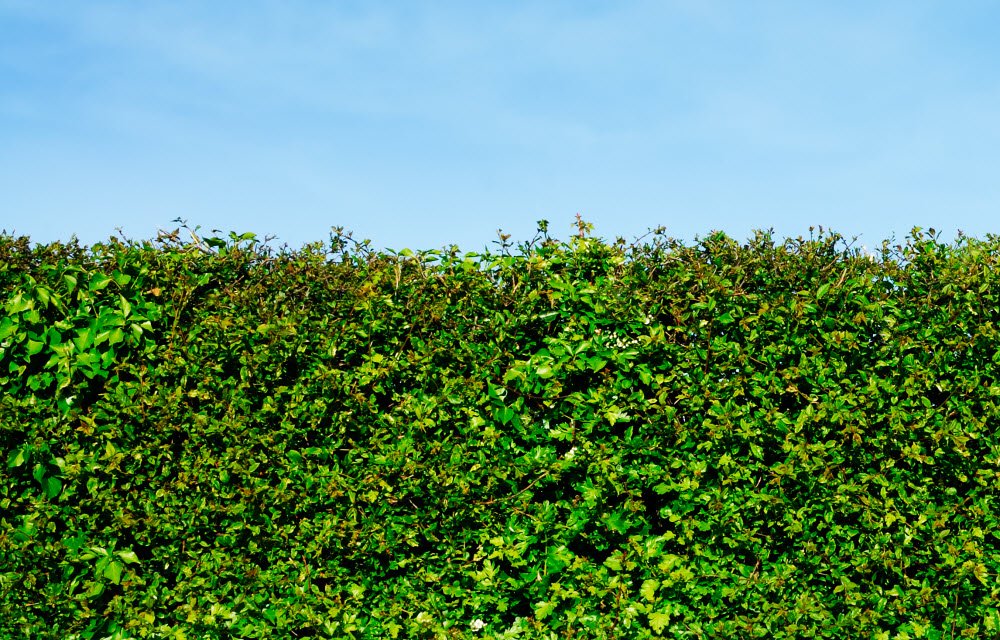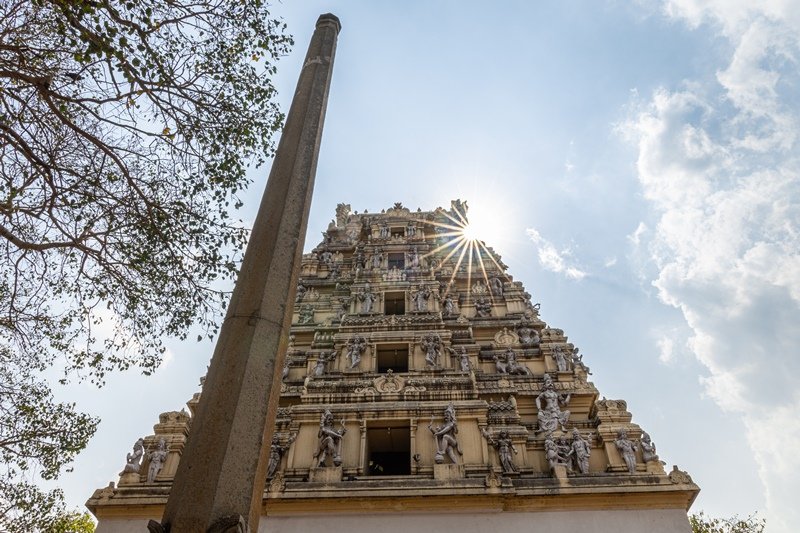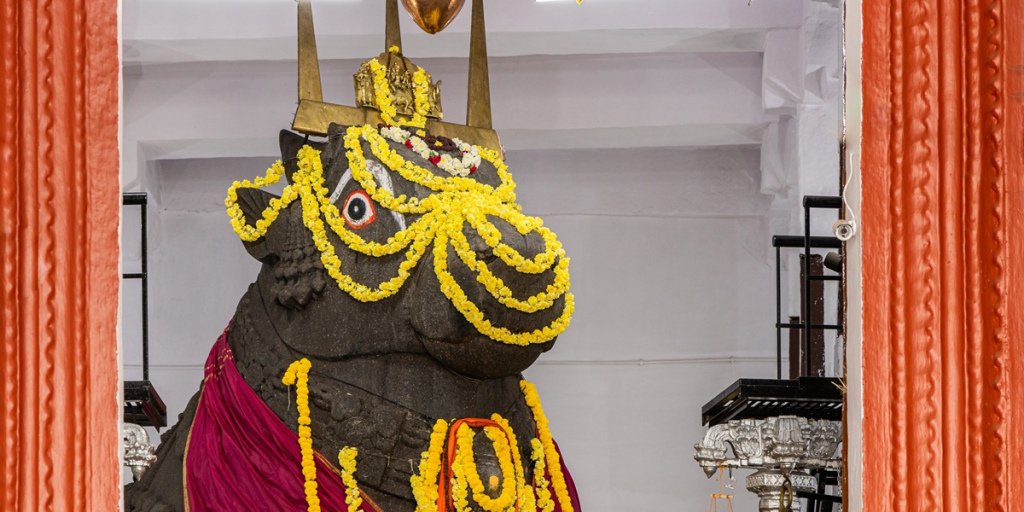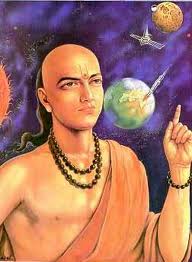
In the typical style of Vijayanagara architecture, the temple features many exquisite sculptures of god, goddesses, dancers and musicians, and hundreds of paintings all over the walls, columns and ceiling depicting stories from the epics of the Mahabharata, the Ramayana. 

Veerabhadra temple is famous for another engineering wonder. Among the 70 stone pillars, there is one that hangs from the ceiling. The base of the pillar barely touches the ground and is possible to pass objects such as a thin sheet of paper or a piece of cloth from bottom. 

The village Lepakshi holds a significant place in the great Indian epic Ramayana. Legend has it that the bird Jatayu, wounded by the king of Lanka, Ravana, fell here after a futile battle against the king who was carrying away Sita, the wife of Rama, the king of Ayodhya.... 
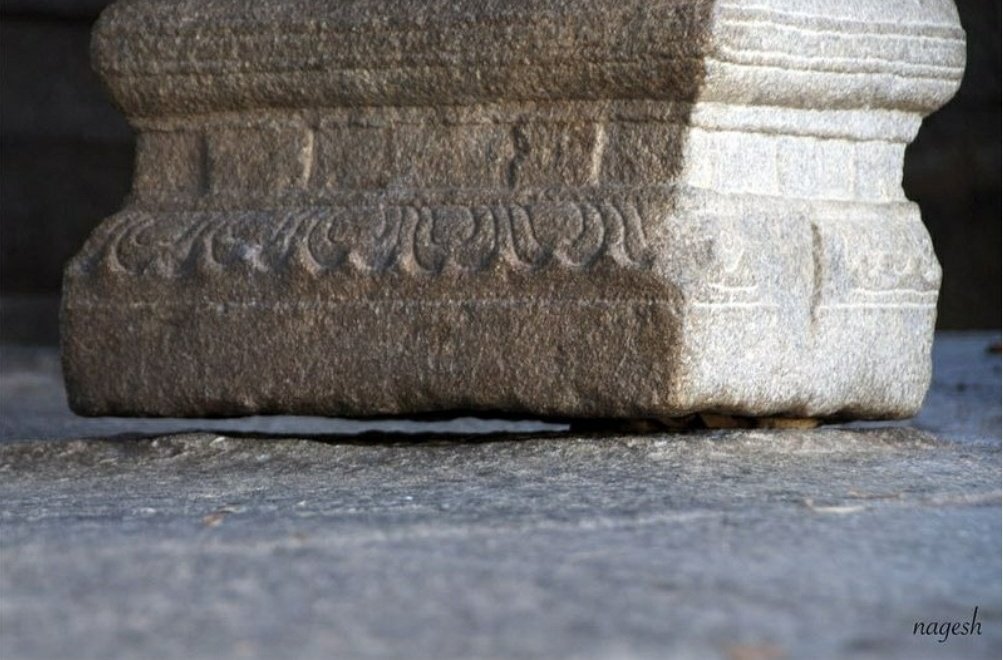
When Rama reached the spot, he saw the bird and said compassionately to him, “Le Pakshi” — meaning “Arise, bird” in Telegu.
Veerabhadra temple was built by the brothers Viranna and Virupanna, who were Governors under the Vijayanagar Empire during the reign of King Achutaraya. 

• • •
Missing some Tweet in this thread? You can try to
force a refresh


